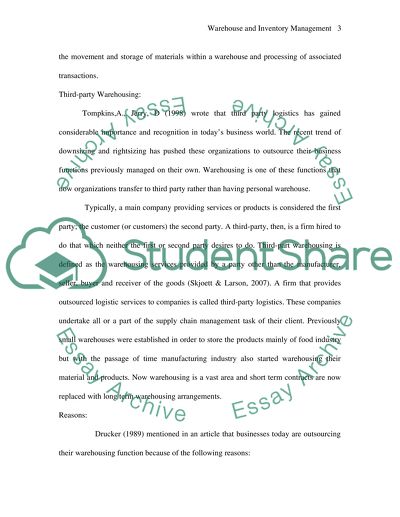Cite this document
(“WAREHOUSE AND INVENTORY MANAGEMENT Essay Example | Topics and Well Written Essays - 2500 words”, n.d.)
Retrieved from https://studentshare.org/environmental-studies/1406783-warehouse-and-inventory-management
Retrieved from https://studentshare.org/environmental-studies/1406783-warehouse-and-inventory-management
(WAREHOUSE AND INVENTORY MANAGEMENT Essay Example | Topics and Well Written Essays - 2500 Words)
https://studentshare.org/environmental-studies/1406783-warehouse-and-inventory-management.
https://studentshare.org/environmental-studies/1406783-warehouse-and-inventory-management.
“WAREHOUSE AND INVENTORY MANAGEMENT Essay Example | Topics and Well Written Essays - 2500 Words”, n.d. https://studentshare.org/environmental-studies/1406783-warehouse-and-inventory-management.


